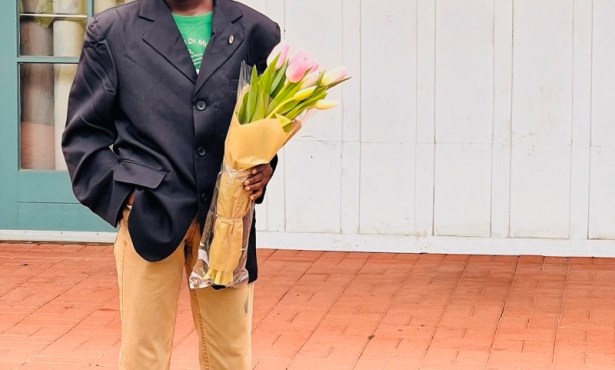The Varied Art of Haiku
haiku is a sort of wisdom-sneeze. -Anonymous
Hankering to commit a poem or two? These days, haiku practice is where involvement with poetry writing often starts. The form looks so appealingly simple: Three lines consisting of five syllables, seven syllables, and five syllables again, and that’s it. But for accomplished haiku (the plural’s the same as the singular), there’s more to consider.
For one thing, among noted writers and translators, 5-7-5 isn’t that important-not in English, anyway-and can lead to awkwardness and padding. Japanese haiku counts out by onji, a word we translate roughly as “syllable.” But each onji takes up exactly the same amount of space to mind and ear. Hototogisu (the cuckoo) or shiratsuyu (white mist), popular five-onji lines, come trippingly off the tongue, while “plods in one slow line” in English takes up twice the amount of language time.
Some poets do write haiku in 5-7-5 in English, of course; for kids, maintaining the strict count makes for fun and a challenge. But count out this radical piece:
swept from the plane
unshaved, unshat,
to a dinner in his honor. -W.H. Auden
Or relish the easeful rendering of a Kobayashi Issa poem as offered by a great contemporary haiku translator, Robert Hass:
Don’t worry, spiders,
I keep house
casually.
It’s the “haiku-hit” that’s crucial: a single-image focus, usually with a switch or pivot after a setup, and in the purest usage containing a season reference (kigo). Take the most famous haiku of all, Basho’s frog, translated variously by hundreds of admirers.
Old pond:
wazoo! young frog
splashes in.
That’s my translation, demonstrating the possibility of a 2-4-3 count. As to the profundity of Basho’s poem, consider that the season is spring when careless, energetic young things leap into the ancient pond of life-process.
At the other end of the scale, we have approaches like the “American Haiku” of Kerouac and the Beats. This is senryu-often light-hearted, satiric, and where nature imagery tends to give way to recognitions from everyday life, oddities, and social commentary. Kerouac created many examples of traditional haiku and neatly defined the classic form: “: a little picture : pointing out things directly, purely, concretely, no abstractions or explanations. :”
Here’s a Kerouac haiku:
The summer chair
rocking by itself
in the blizzard.
And a Kerouac senryu:
Crossing the football field
coming home from work-
the lonely businessman.
There are tomes more to say, of course, in studying this miniaturist art. Take, for example, this strong piece by Dee Evetts:
no matter how close
we push the beds together
the gap between us
Is there a pivot here, or do we have a straight-ahead statement, not haiku/senryu but a three-line poem? And does the labeling matter? (Personally, I’d sense a bit more haiku-feeling with a colon after “together.”) Subtlety matters, but that’s what makes the best of these poems so teasingly miraculous.
three fireflies flashing
in stroboscopic sequence:
quick, catch the message.
A 5-7-5!!



